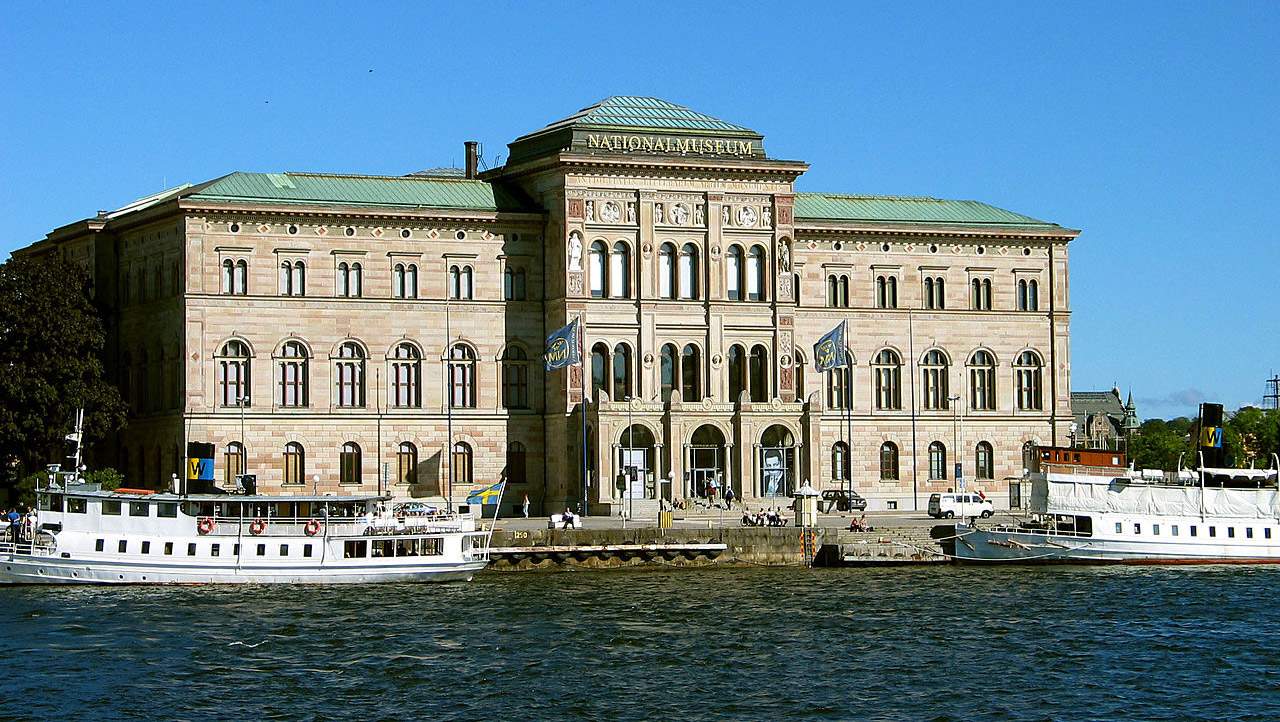While free museums are being debated in Italy, in Sweden the new center-right government led by Ulf Kristersson has gone to the streets by abolishing free admission to state museums and cutting the culture budget by SEK 1 billion, or about 90 million euros. The cut represents about 10 percent of the previous budget: in 2023, in fact, Swedish culture will receive 9.033 billion kronor (about 840 million), compared to 10.133 in the previous fiscal year. The cuts, Culture Minister Parisa Liljestrand explained, are mostly related to the reduction and in some cases termination of support related to the Covid-19 pandemic. According to the Swedish government, there would in fact be no reason to inject any more support into the culture budget.
“I’m proud,” Liljestrand said, “that in such a difficult situation we can protect culture,” alluding to the fact that despite the difficult economic situation, the budget cut to culture has not been even heavier, and culture has been able to maintain one of the highest budgets ever for Sweden. “For the government, media freedom and a vibrant cultural life are inalienable parts of an open society. I have now presented the culture budget, but culture is obviously affected by government policy in other areas, such as the energy subsidy, but also by the general increase in state subsidies to municipalities and regions.”
The abolition of free admission to museums is also part of the drive to save resources. In fact, in Sweden, state museums (such as the Nationalmuseum in Stockholm, Moderna Museet, Historiska Museet, Skokloster Castle, Royal Armory, and many others) apply the British model: they are all free admission for everyone, and you only pay to visit temporary exhibitions. To finance free admission, the Swedish government provides museums with an annual grant. Cutting this subsidy, which amounts to 99 million Swedish kronor (about 9.2 million euros), thus frees up resources that the government allocates to other spending items (for example, there will be a special investment of 40 million kronor for 2023, and 30 for 2024 and 2025, in grants and scholarships for artists). According to Minister Liljestrand, the abolition of free admission goes in the direction of improving the quality of the museums’ offerings, and is also motivated by the fact that the total free admission, introduced in 2016, has had little impact on visitor flows. Free admission will still be maintained only for children and young people under the age of 19.
However, there are also concerns: the general secretary of Svenska Museiförbundet (Swedish Museum Association), Gunnar Ardelius, says that “many in the industry suspect that this announcement comes because there is a lack of a long-term vision for free admission. Reforms are introduced and suspended depending on the political party in government. But this time the withdrawal is announced quickly and will create problems for many museums. It is expensive to change. Museums have to introduce new barriers to entry, new visitor programs, and have to cover these costs themselves. We are still restarting after the epidemic, and now that the financial situation seems to be getting worse, state museums would need a doubling of support. Instead, this is disappearing.”
According to Susanna Pettersson, director of the Nationalmuseum, “the abolition of free admission,” she tells the Mitti newspaper, “will change the pattern of visiting our visitors. There has been free admission to most state museums since 2016, and museum visitors have gotten used to that. The fact that we are going into a recession means that more people cannot afford to go to museums. All of this together means that our assessment is that removing free admission can very likely lead to fewer people visiting museums.” Seeing lights and shadows is Moderna Museet director Gitte Ørskou, who says the abolition “will affect our entire communication and programming.” the disadvantages are the inability to plan activities with certain resources (while those derived from the economic flows of ticketing are of course variable), but the advantage lies in the fact that the budget uncertainty will spur museums to create exhibitions with greater public appeal, and thus to work more strategically.
Former culture minister Amanda Lind harshly criticized the cuts, speaking of a “massacre of the culture budget,” adding that “the government does not consider culture a sector worth investing in.” It should be added, however, that in 2022 Swedish culture had its highest budget ever, and in part, as in so many countries around the world, including Italy, the increases were precisely because of Covid supports. Thus, if in 2023 the budget was 9.033 billion kronor and in 2022 it was 10.133 billion, in 2021 it had been 10.016, in 2020 8.523, and in 2019 8.231. Next year, therefore, Swedish culture will still have one of the highest budgets ever.
Image: the Nationalmuseum in Stockholm. Photo by Jonas Bergsten
 |
| Sweden, government abolishes free admission to museums and cuts 10 percent to culture |
Warning: the translation into English of the original Italian article was created using automatic tools. We undertake to review all articles, but we do not guarantee the total absence of inaccuracies in the translation due to the program. You can find the original by clicking on the ITA button. If you find any mistake,please contact us.